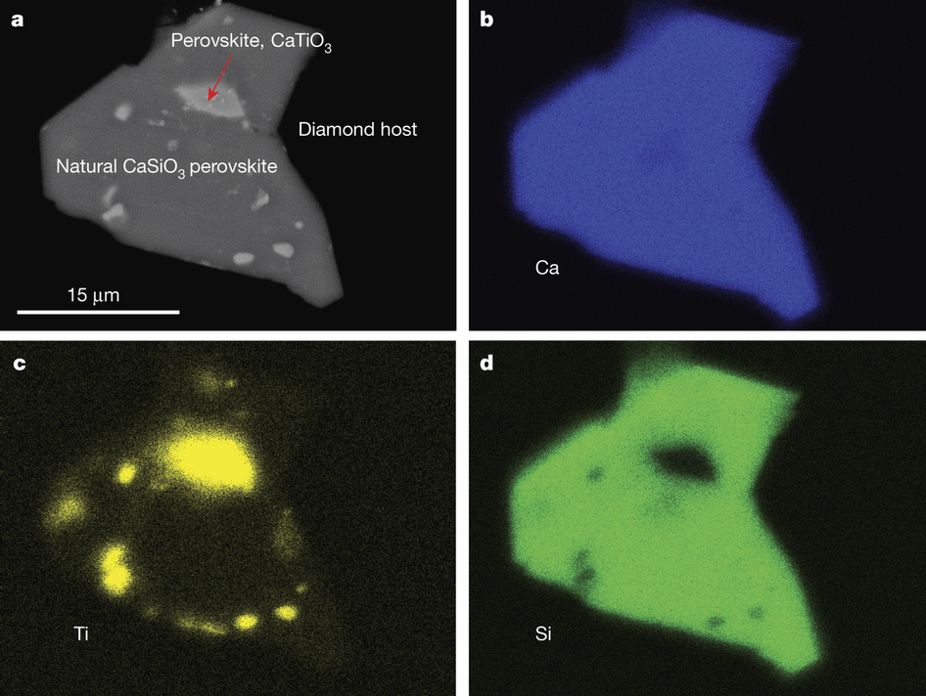Home Help About Archive |
|
|
xxxx |
CaSIo3 PEROVSKITE IN DIAMOND INDICATES THE RECYCLIG OF OCEANIC CRUST INTO THE LOWER MANTLEWednesday, June 20, 2018Laboratory experiments and seismology data have created a clear theoretical picture of the most abundant minerals that comprise the deeper parts of the Earth’s mantle. Discoveries of some of these minerals in ‘super-deep’ diamonds—formed between two hundred and about one thousand kilometres into the lower mantle—have confirmed part of this picture1,2,3,4,5. A notable exception is the high-pressure perovskite-structured polymorph of calcium silicate (CaSiO3). This mineral—expected to be the fourth most abundant in the Earth—has not previously been found in nature. Being the dominant host for calcium and, owing to its accommodating crystal structure, the major sink for heat-producing elements (potassium, uranium and thorium) in the transition zone and lower mantle, it is critical to establish its presence. Here we report the discovery of the perovskite-structured polymorph of CaSiO3 in a diamond from South African Cullinan kimberlite. The mineral is intergrown with about six per cent calcium titanate (CaTiO3). The titanium-rich composition of this inclusion indicates a bulk composition consistent with derivation from basaltic oceanic crust subducted to pressures equivalent to those present at the depths of the uppermost lower mantle. The relatively ‘heavy’ carbon isotopic composition of the surrounding diamond, together with the pristine high-pressure CaSiO3 structure, provides evidence for the recycling of oceanic crust and surficial carbon to lower-mantle depths. |


